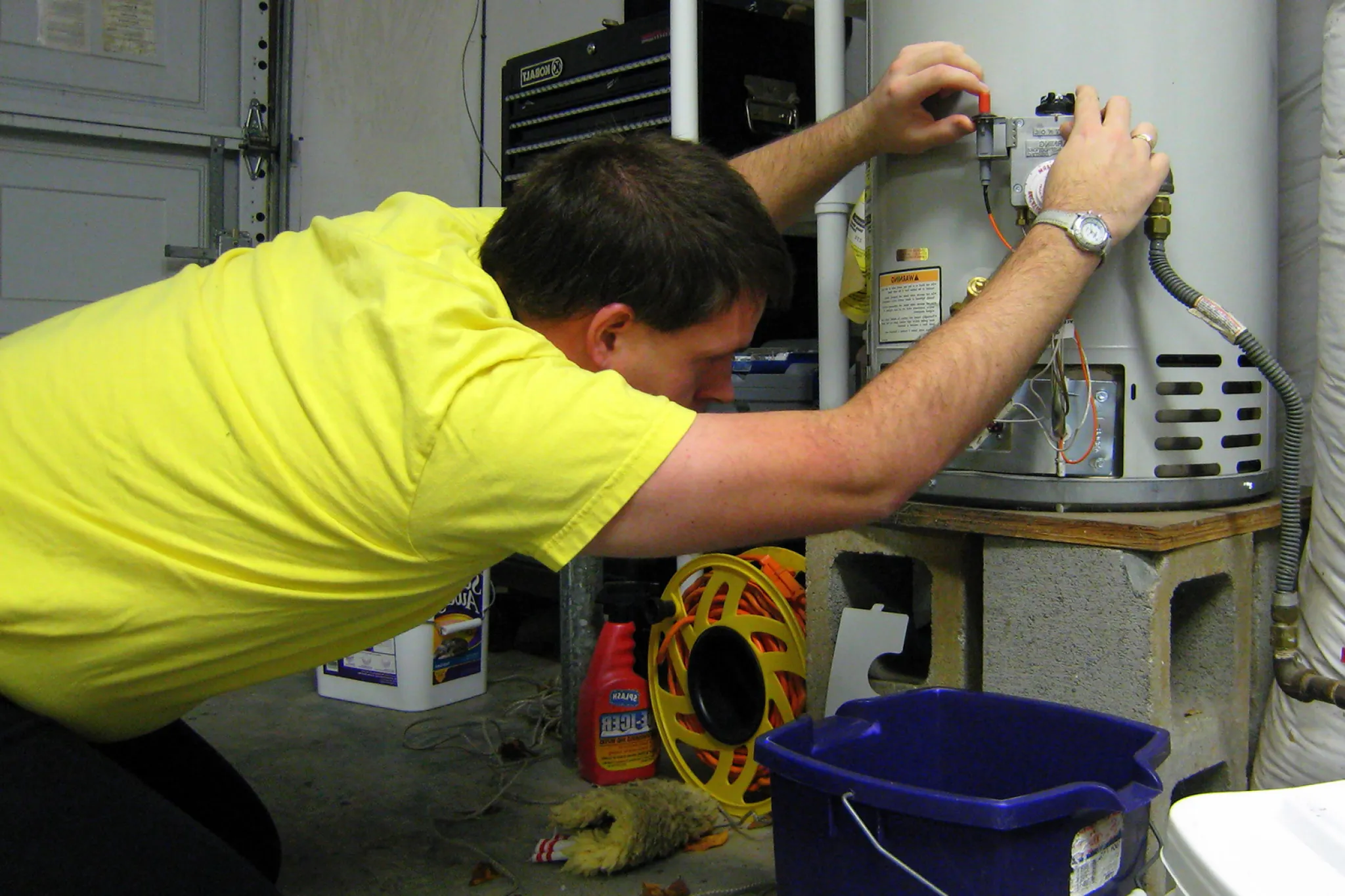Effective Methods to Care for Your Home's Hot Water System EffectivelyImportant Advice on Maintaining Your Home's Hot Water System
Effective Methods to Care for Your Home's Hot Water System EffectivelyImportant Advice on Maintaining Your Home's Hot Water System
Blog Article
Right here down the page you can discover a lot of great points pertaining to Tips on Maintaining a Water Heater.

Warm water is crucial for everyday comfort, whether it's for a rejuvenating shower or cleaning dishes. To guarantee your hot water system runs successfully and lasts longer, routine maintenance is vital. This article offers sensible ideas and insights on exactly how to maintain your home's warm water system to avoid disruptions and expensive repairs.
Intro
Preserving your home's warm water system may seem overwhelming, but with a couple of basic steps, you can guarantee it runs smoothly for several years to come. This overview covers everything from comprehending your warm water system to DIY upkeep suggestions and recognizing when to hire expert assistance.
Relevance of Keeping Your Hot Water System
Regular maintenance not just prolongs the life-span of your warm water system but also ensures it operates efficiently. Overlooking upkeep can lead to decreased effectiveness, greater energy bills, and even premature failure of the system.
Indications Your Warm Water System Requirements Upkeep
Recognizing when your warm water system requires focus can protect against significant problems. Keep an eye out for indications such as inconsistent water temperature, odd noises from the heating unit, or rusty water.
Understanding Your Hot Water System
Before diving into maintenance tasks, it's helpful to recognize the fundamental elements of your warm water system. Normally, this consists of the water heater itself, pipes, anode poles, and temperature level controls.
Month-to-month Upkeep Tasks
Normal monthly checks can help capture small concerns before they escalate.
Flushing the Hot Water Heater
Purging your water heater removes debris build-up, enhancing effectiveness and extending its life.
Checking and Replacing Anode Rods
Anode poles protect against deterioration inside the container. Checking and replacing them when worn out is crucial.
Inspecting and Readjusting Temperature Level Setups
Readjusting the temperature level setups makes sure optimal performance and safety and security.
Do It Yourself Tips for Maintenance
You can execute a number of maintenance jobs on your own to keep your hot water system in leading condition.
Checking for Leaks
Routinely inspect pipelines and connections for leakages, as these can cause water damage and greater expenses.
Evaluating Stress Alleviation Valves
Evaluating the stress safety valve ensures it operates properly and avoids extreme pressure build-up.
Protecting Pipes
Protecting hot water pipelines decreases warmth loss and can save power.
When to Call an Expert
While DIY maintenance is beneficial, some concerns require specialist competence.
Facility Problems Needing Professional Assistance
Examples include significant leaks, electric problems, or if your hot water heater is regularly underperforming.
Regular Professional Maintenance Conveniences
Expert upkeep can include detailed evaluations, tune-ups, and making certain conformity with security criteria.
Conclusion
Normal upkeep of your home's hot water system is necessary for efficiency, durability, and price savings. By adhering to these ideas and knowing when to look for professional assistance, you can make certain a trustworthy supply of warm water without unanticipated interruptions.
Water Heater Maintenance Tips
Test the TPR Valve
Shut off the power and the cold-water supply valve. Place a bucket under the pipe connected to the temperature-pressure-release (TPR) valve on the top or side of the tank. (This valve opens if the tank pressure gets too high.) Lift the valve’s tab to let some water out, then let go. If water keeps flowing, drain the tank partway, unscrew the old valve with a pipe wrench, and install a new one. Check the Anode Rod
Put a hose to the tank’s drain cock and let out a few gallons of water. Now fit a 1 1/16-inch socket onto the rod’s hex head on top of the heater (or under its top plate) and unscrew the rod. If it’s less than ½ inch thick or coated with calcium, buy a new one, wrap its threads with Teflon tape, put it back in the tank, and tighten securely. Use this segmented rod if headroom above the tank is limited. Drain the Tank and Wash Out Sediment
Drain the remaining water in the tank into the bucket, then stir up the sediment on the tank’s bottom by briefly opening the cold-water supply valve. Drain and repeat until clean water comes out of the hose. Close the drain cock, refill the tank, and turn its power back on. Adjust the Temperature
Find the temperature dial on the side of the tank and unscrew its cover. Adjust the dial to 120 degrees using a flathead screwdriver. For every 10 degrees the temperature is lowered, you can expect to save up to 5 percent in energy costs. Turn the water heater off or the thermostat down to its lowest setting if you plan to be away from home for more than three days. Insulate the Pipes
Buy some self-sticking 3/8-inch-thick foam pipe insulation that matches the pipes’ diameter. Slide the foam over the hot-and cold-water pipes as far as you can reach. Insulating the cold-water pipe prevents condensation in summer. Peel the tape and squeeze the insulation closed. If the pipe is 6 inches or less from the flue, cover it with 1-inch-thick unfaced fiberglass pipe wrap. https://www.thisoldhouse.com/plumbing/21016402/how-to-maintain-a-water-heater

As an avid person who reads on Water Heater Maintenance Tips You Can't Afford to Forget, I was thinking sharing that excerpt was a smart idea. Sharing is nice. Who knows, you will be doing someone a favor. I praise you for being here. Kindly stop by our blog back soon.
Quote & Schedule Report this page